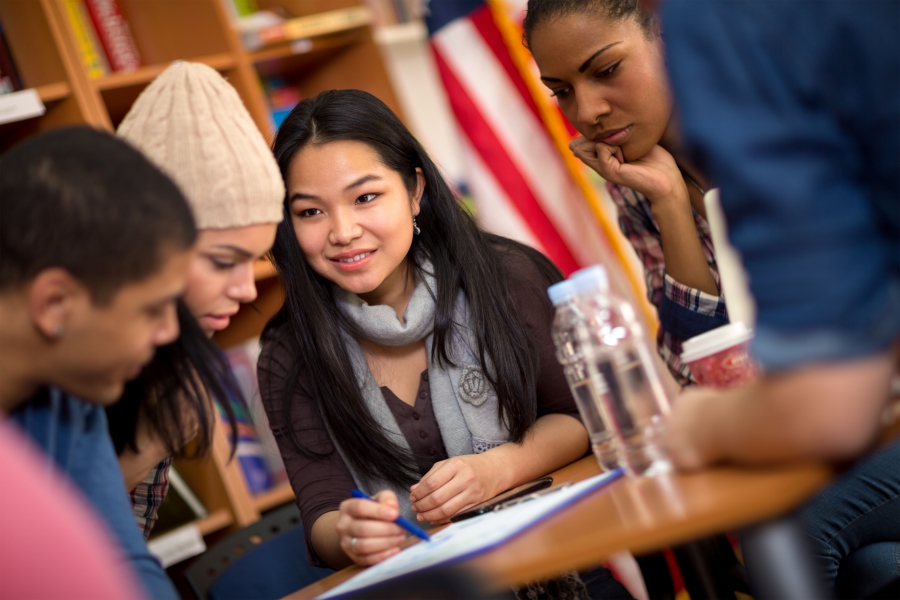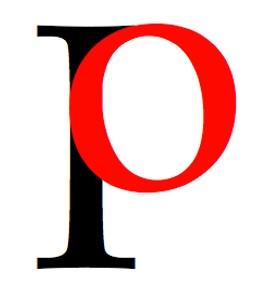Differentiation is…
more than a passion or calling in working with students of all ages. For me, it’s simply a necessity, like breathing. If life-long learning is to be what everyone does with care and thoughtful reflection, then differentiation experiences should happen early and frequent throughout one’s education.
I wrote an article for Edutopia, “3 Ways to Plan for Diverse Learners: What Teachers Do”, with a desire to show teachers that they do “do” differentiation. Meeting learner needs happens. I presented a structure based on language introduced by Carol Tomlinson and Susan Allan (ASCD) around the turn of this century.
The language, as I call it–the 6 Elements of Differentiation, is important for having dialog on how best to plan instruction that meets students’ needs (Content, Process, & Products), and includes student voice in the process (Readiness, Interests, & Learning Preferences). The article is one of many that I wrote, which seem to inspire much dialog and sharing of ideas through social media. It’s great to engage in dialog about Differentiation as something we just do, need to do. Instruction in this form is no longer a dream, but reality.
As teachers and other educators deepen their understanding of Differentiation, there are levels of implementation that go beyond the basics of knowing the six elements. Like a gamer, a martial artists, or someone earning multiple university degrees, there is complexity with where we can aspire to differentiate for learners (Chapter 5 of So All Can Learn). The 1st three ways provide the foundation for stronger instructional practices and learning engagement.
There is a 4th Way…
Learner Agency, based on developing and encouraging student voice. In So All Can Learn: A Practical Guide to Differentiation, four chapters—almost half the book—are dedicated to understanding and coaching agency through student voice. Readiness, Interests, and Learning Preferences are how students determine if the instructional experience is inviting. Including students in learning construction based on these three elements sends a message that their thoughts and ideas matter.
It’s easy to get started in this process. Here are a few starting places:
- Interest Surveys
- Learning Profile Cards
- Student interviews and focus groups
- Journal entries like #IWishMyTeacherKnew on Twitter and Facebook
Based on the learning outcome that students must gain from the lesson, make instructional planning decisions using the information learned about students based on their Readiness, Interests, and Learning Preferences. The information should influence the Content delivered, Processing experiences (how students check for understanding and make sense of the content), and the product options that students choose or design themselves to demonstrate the learning outcomes.
 Differentiation happens in the ways that teachers adjust based on how students “react” to the lesson that’s in progress—Intuitive Differentiation. More effective Differentiation happen when teachers anticipate student needs during the lesson planning prior to implementation—Intentional Differentiation. Higher levels of Differentiation occur when students become active co-planners with teachers during planning and implementation—Collaborative Differentiation.
Differentiation happens in the ways that teachers adjust based on how students “react” to the lesson that’s in progress—Intuitive Differentiation. More effective Differentiation happen when teachers anticipate student needs during the lesson planning prior to implementation—Intentional Differentiation. Higher levels of Differentiation occur when students become active co-planners with teachers during planning and implementation—Collaborative Differentiation.
Learn more from the chapters and reflection questions found in the book, So All Can Learn: A Practical Guide to Differentiation by John McCarthy, EdS.
Rowman & Littlefield | Amazon | Amazon Kindle | Amazon UK | Barnes & Noble

